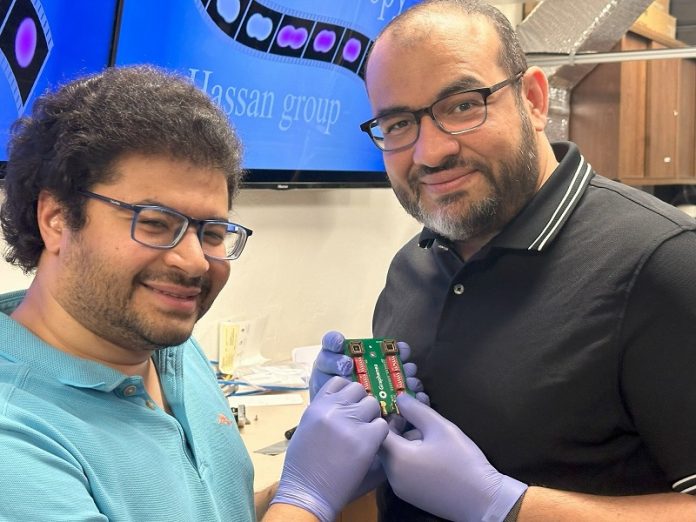
Imagine computers that run not just faster—but a million times faster—than today’s best machines.
Scientists at the University of Arizona, working with researchers from the U.S. and Germany, are taking major steps toward that reality with the development of the world’s first phototransistor capable of operating at petahertz speeds, all in everyday conditions.
A phototransistor is a special type of transistor—a basic building block of electronics—that can be controlled by light.
In this breakthrough, the team used ultrafast laser pulses to manipulate electrons in graphene, a one-atom-thick sheet of carbon that’s known for its extraordinary strength and conductivity.
By focusing laser beams lasting less than a trillionth of a second on modified graphene samples, the researchers triggered a phenomenon called quantum tunneling, where electrons move through barriers almost instantly—something that defies classical physics.
The findings, published in Nature Communications, show how this light-based quantum effect can be used to generate electric currents at unimaginable speeds—measured in attoseconds, or one-quintillionth of a second.
These currents pave the way for processing data at petahertz speeds, more than 1,000 times faster than today’s top processors, which operate in the gigahertz or terahertz range.
Professor Mohammed Hassan, who led the project, says the development could revolutionize computing.
While software like artificial intelligence is rapidly evolving, hardware is lagging behind. This breakthrough, he says, could bridge that gap.
Hassan, who previously led the development of the world’s fastest electron microscope, believes ultrafast computing will benefit areas like health care, chemistry, and space research.
The team discovered the effect while studying how light interacts with graphene. Normally, when lasers hit graphene, they produce electric currents in opposite directions that cancel each other out.
But in this case, a carefully adjusted setup caused electrons to tunnel through the graphene, generating a detectable current.
Using a silicon layer in the transistor and a laser that flickered on and off at a rate of 638 attoseconds, the researchers built what they believe is the fastest transistor ever created.
Unlike many experimental technologies that require extreme conditions, this phototransistor works in normal environments—making it a promising candidate for future commercial devices.
The team is now working with Tech Launch Arizona to patent and market the invention, with hopes of partnering with industry to bring the world’s first petahertz-speed transistor to market.
If successful, this breakthrough could lead to a new era of ultrafast computers that are powered by light and operate at the edge of what science once thought was possible.



